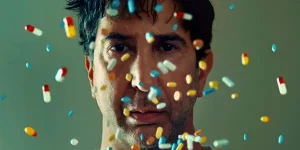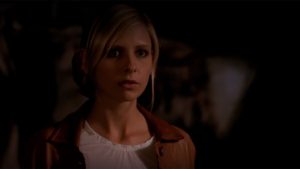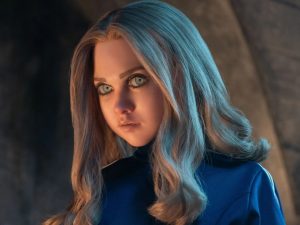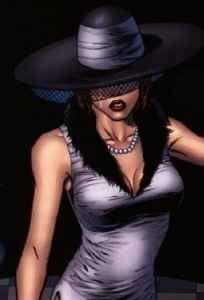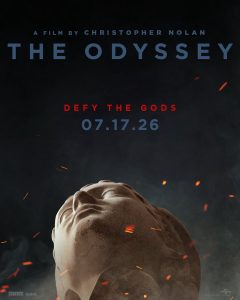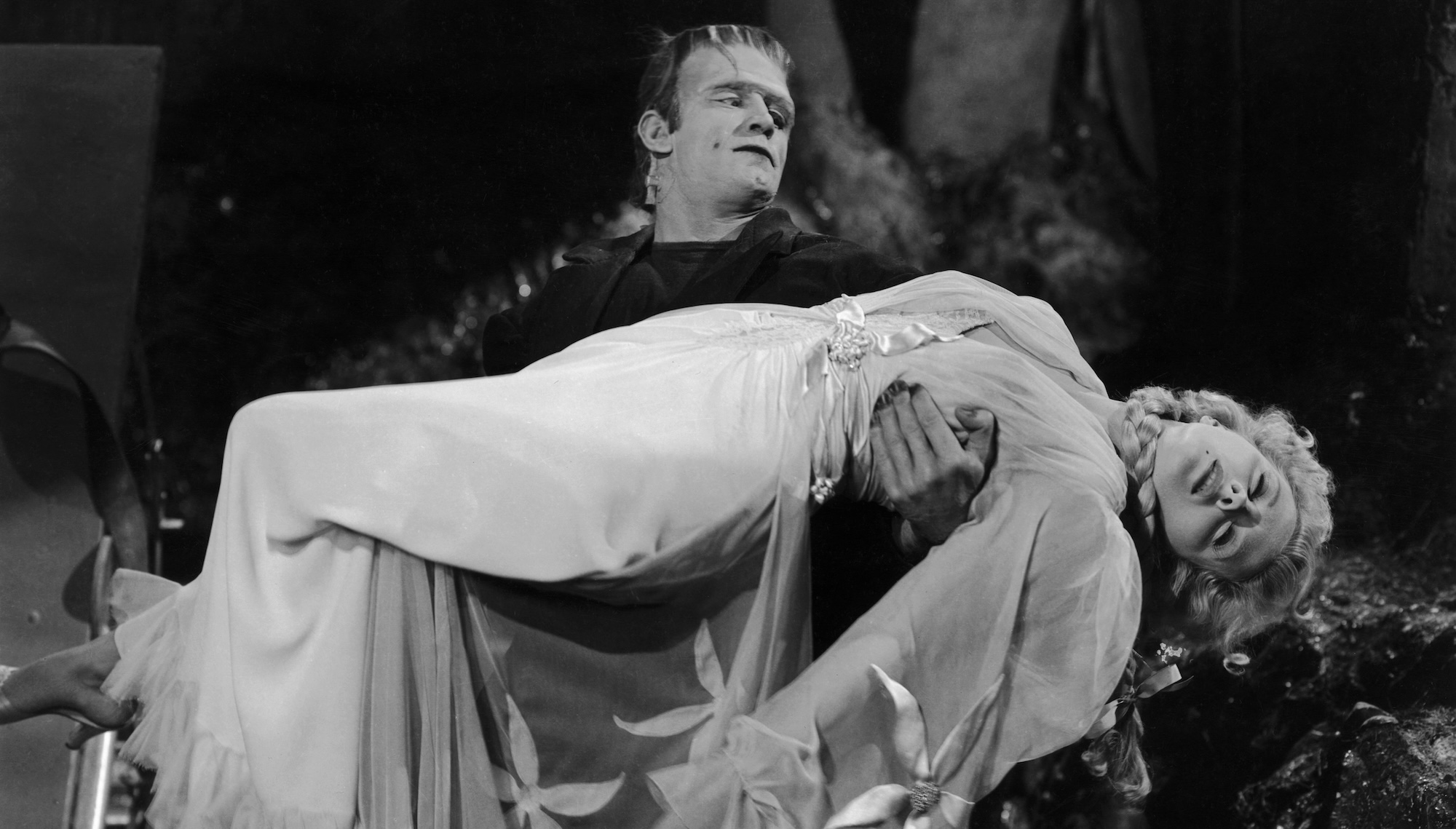
Earlier this year, Universal Orlando Resort revealed that 2025 will see the long-awaited opening of Dark Universe: a theme park dedicated entirely to classic Universal Monsters like The Wolf Man, Dracula, and Frankenstein’s Monster. It’s a fitting and long-awaited tribute to the creatures that have come to define an almost timeless idea of horror movies that transcends generations.
For as celebrated as those monsters and movies are, quite a lot about them has been lost to time. That’s due to both their extreme age (not all who know about those monsters have actually seen their original movies) and the generally more secretive nature of the filmmaking process throughout the 1930s and ‘40s. In much of that more obscure information, we find one consistent conclusion: it’s a miracle these iconic movies ever got made.
Bela Lugosi’s Makeup Aversion Reshapes Horror History (Twice)
As you may know, Dracula actor Bela Lugosi passed on the role of Frankenstein’s Monster, which paved the way for Boris Karloff’s legendary performance (and subsequent career boom). One of Lugosi’s many aversions to the Frankenstein role was the idea of having to practically encase himself in makeup to portray the character. Interestingly, Lugosi’s makeup anxieties (and creative conflicts with legendary Frankenstein makeup artist Jack Pierce) began on the set of Dracula.
While Dracula was limited by severe budget constraints and other production problems that necessitated a variety of compromises, Pierce initially conceived a slightly more monotonous design for the character. However, aspects of that design were shot down by Lugosi, who insisted on continuing the stage tradition of applying his own makeup. Pierce’s contributions were limited to a light green greasepaint and that widow’s peak haircut, which didn’t even earn him an official makeup credit on the film. Though this proved to be one of those serendipitous changes to the original novel that led to Dracula’s iconic look and behavior in pop culture, Lugosi’s hesitancy to embrace Pierce’s craft (among many other things) eventually caught up with him. Lugosi later joked that the heavy makeup Pierce applied to him in movies like Son of Frankenstein must have been a form of payback.
Zita Johann’s Ambitious Deleted Scene From The Mummy
In 1932’s The Mummy, actress Zita Johann is enjoyably believable as Helen Grosvenor/Princes Anck-es-en-Amon. Perhaps that’s because Johann was quite into the “occult sciences” scene that was becoming a rage during that era. She even specifically believed in the process of reincarnation, an idea that the film dabbles in. Interestingly enough, an early version of the movie would have allowed Johann to play out her reincarnation fantasies many times over.
Recovered production photos suggest that The Mummy was originally supposed to feature extended sequences that showed Princess Anck-es-en-Amon (Johann) being reincarnated throughout the ages. Said scenes include the princess being eaten by lions alongside other Christian martyrs during the days of the Roman Empire, serving as a 13th-century lady in the Crusades, and playing similar characters that meet tragic fates throughout history. If this sequence was intended to be included in the movie—as the surprisingly lavish set photos and credited extras suggest it was—then it’s not clear why it was eventually cut. Budget/production problems could have played a part, though Johann’s reported feud with director Karl Freund may have also been a factor.
Boris Karloff’s Boots Were Not Made For Walking
While the original Univeral Monster films certainly advanced the arts of movie special effects and makeup design, they are still products of their eras. Some of the effects in those films aren’t just visually dated by modern movie standards; they were often physically tough on the film’s actors in ways that make you wonder how some of those actors even survived the shoots.
Few actors of that era had it worse than Boris Karloff. To play Frankenstein’s monster, Karloff had to wear an elaborate outfit complete with a back brace, hours’ worth of makeup, and, perhaps worst of all, boots that weighed between 11 and 16 lbs each. Perhaps it shouldn’t be a surprise that Karlof suffered a back injury while filming Frankenstein that would pain him the rest of his life. Yet, in a rather miraculous moment, one of Karloff’s braces accidentally helped set a broken bone he suffered while filming Bride of Frankenstein. Karloff later suggested that his Mummy makeup was even worse, and described the process of having the adhesive applied to and removed from his face as “the most trying ordeal I have ever endured.” His demanding roles in such movies undoubtedly inspired him to become a founding member of the Screen Actor’s Guild.
James Whale’s and R. C. Sherriff Intentionally Raunchy Dracula’s Daughter Script
James Whale may just be the most reluctant horror icon of an era filled with reluctant horror icons. Whale almost passed on the chance to direct his arguable masterpiece, The Bride of Frankenstein, out of fear of being pigeonholed as a horror director. Once that film made him a horror legend, Whale reportedly went to even greater lengths to avoid the genre.
For instance, Whale was initially approached to direct the first sequel to Dracula, 1936’s Dracula’s Daughter. Yet early production of that version of the film was stalled thanks to the rejection of several early script drafts from screenwriter R. C. Sherriff. Said drafts were consistently turned down by rating board members who seemed especially horrified by their content. While accounts differ on which versions of the screenplay were submitted at which times, surfaced samples of that screenplay suggest that it would have featured levels of violence and sexuality the likes of which wouldn’t be seen in a major film for decades to come. A popular theory suggests that Whale encouraged such outlandish drafts so that he could be released from his involvement with the picture and move on to his next project Show Boat. Interestingly the final film’s implied lesbian themes were still pretty risqué for its time.
Son of Frankenstein Was Mostly Written on the Fly
Son of Frankenstein may be one of Universal’s best monster sequels, but it’s a minor miracle that the film even got off the ground. Director Rowland Lee and screenwriter William Cooper argued about the movie’s script up until the time of shooting. Actually they continued to argue about the script beyond that. Eventually Universal stepped in to insist that the crew begin shooting the thing before the budget grew out of control.
That less-than-ideal situation led to actors often not receiving pages of the revised script until just before the scenes were supposed to be filmed. There was one notable beneficiary of this arrangement: Bela Lugosi. Lee reportedly had a bit of a soft spot for Lugosi and felt bad that he was being paid so little for such a role due to his declining career. So Lee used the constant rewrites as a chance to give Lugosi an expanded role and a bigger payday. For what it’s worth, Lugosi’s portrayal of the villainous Ygor is considered to be among his very best performances.
The Full Moon Mythos Wasn’t In 1941’s The Wolf Man
1941’s The Wolf Man was not the first full-length werewolf movie (that honor goes to 1935’s Werewolf of London), but it’s one of the core cultural components of our understanding of modern movie werewolf mythology. Yet rewatching the film today will reveal just how many of the specifics of that mythology have been altered in subsequent decades. Talbot’s transformation isn’t shown as being especially physically painful, he’s bludgeoned with a silver cane rather than shot with a silver bullet, and he doesn’t even require a full moon to transform into a werewolf.
Yes, while The Wolf Man suggests that a man may become a wolf when “the autumn moon is bright,” it doesn’t specifically mention a full moon as part of the transformation process. That tidbit wouldn’t be canonized until The Wolf Man sequels, though interestingly enough 1935’s Werewolf of London does show that the transformation process is associated with a full moon. I suppose the visual proved to be too good to pass up.
Frankenstein’s Iconic Walk Was the Result of Several Happy Accidents
As previously mentioned, Bela Lugosi famously passed on the opportunity to play Frankenstein’s Monster due in part to his fear of being typecast and his hesitancy to have to act under so much makeup. Ironically, that decision would trigger a downturn in Lugosi’s career that would eventually lead to him playing that role in the less prestigious production of Frankenstein Meets the Wolf Man. Despite only playing Frankenstein’s monster once, Lugosi ended up having a major (if accidental) impact on the character’s legacy.
In that movie, we see Lugosi portray Frankenstein’s Monster as a lumbering beast with his arms awkwardly outstretched. Even the simplest description of that walk likely triggers an image of it in your mind, as it has become one of the defining images of the characters in the decades of pop culture that followed.
Yet not only was that walk “invented” by Lugosi’s portrayal 12 years after the original movie, but it was seemingly the result of a rather strange set of circumstances. Reportedly, Lugosi is walking like that because the original script called for the monster to be blind at that point. However, that crucial detail was cut in the final version of the film, which understandably led to many audiences wondering what the hell Lugosi was doing. Abbot and Costello’s almost meme-like response to Lugosi’s movement accelerated its place in pop culture five years later.
The Chronological Confusion of The Mummy Movies
Generally speaking, the continuity of the original Universal Monsters movies is a disaster. You can form theories as to why the films never seem to quite exist within the timeframes they reportedly do (or are otherwise unstuck from time altogether), but it’s best to just roll with it. Even then, it’s challenging to watch the entire Mummy series and not pay more attention to some of the most curious timeline decisions in horror movie history.
In The Mummy’s Tomb, we learn that about 30 years have passed since the events of the previous film, The Mummy’s Hand. However, The Mummy’s Hand is seemingly set sometime around the film’s release year of 1940. That means that The Mummy’s Tomb would be set sometime during the 1970s despite the fact it features 1940s fashion, 1940s technology, and even makes reference to current 1940s events (including being drafted into World War II). 1944’s The Mummy Curse makes matters worse by jumping forward another 25 years or so, which—based on the previous timeline—would put it somewhere in the mid-’90s. Though these are closer to amusing inconsistencies than enjoyment-destroying errors, this writer would have loved to have seen what that film’s crew thought the 1990s was going to look like.
The Creature From The Black Lagoon’s Design Was Inspired by the Academy Awards Statue
Despite being the last major monster to join the Universal lineup, the Gill-Man from Creature From the Black Lagoon instantly became a celebrated member of that roster. His instantly iconic status is due in no small part to the creature’s incredible design and the advanced filming techniques used to convincingly bring him to life. Interestingly enough, the roots of the creature’s design can be traced back to the award caliber ambitions of its director Jack Arnold.
In an interview with Cinefantastique, Arnold said that he was still trying to finalize a functional and effective creature design when he received an Academy Award nomination certificate for his work on the documentary With These Hands. Arnold said he looked at the picture of the Oscar statue and thought, “If we put a gilled head on it, plus fins and scales, that would look pretty much like the kind of creature we’re trying to get.” While the creature’s final design ended up being slightly more complicated than that, it’s easy enough to look at it and see the statue that the movie probably should have been in the running for.
Young Frankenstein Cemented the Image of the Igor You Know and Love
While Young Frankenstein isn’t technically a Universal Monster movie, Mel Brooks’ glorious tribute to that era often feels closer to our collective cultural memory of those movies than the original movies themselves. Actually Young Frankenstein forever confused many of our memories of those movies thanks to its take on the character Igor.
In Young Frankenstein, Igor is a hunchbacked assistant who helps Dr. Frankenstein create the monster. While such a character feels as essential to the Frankenstein mythos as the doctor or the monster at this point, Young Frankenstein was actually the first time we saw that exact version of that character in a major movie.
The original Frankenstein movies directed by James Whale featured a hunchbacked assistant, but his name was Fritz. Son of Frankenstein strangely featured a new character named Ygor, but he had a neck contusion from a failed hanging rather than a hunched back. You could certainly argue that the often misremembered pieces of that character were already put together in the minds of many by the time Young Frankenstein was released, but this film solidified that version of the character that isn’t quite as old as many think it is.
The post Things You Probably Did Not Know About the Universal Monsters appeared first on Den of Geek.
